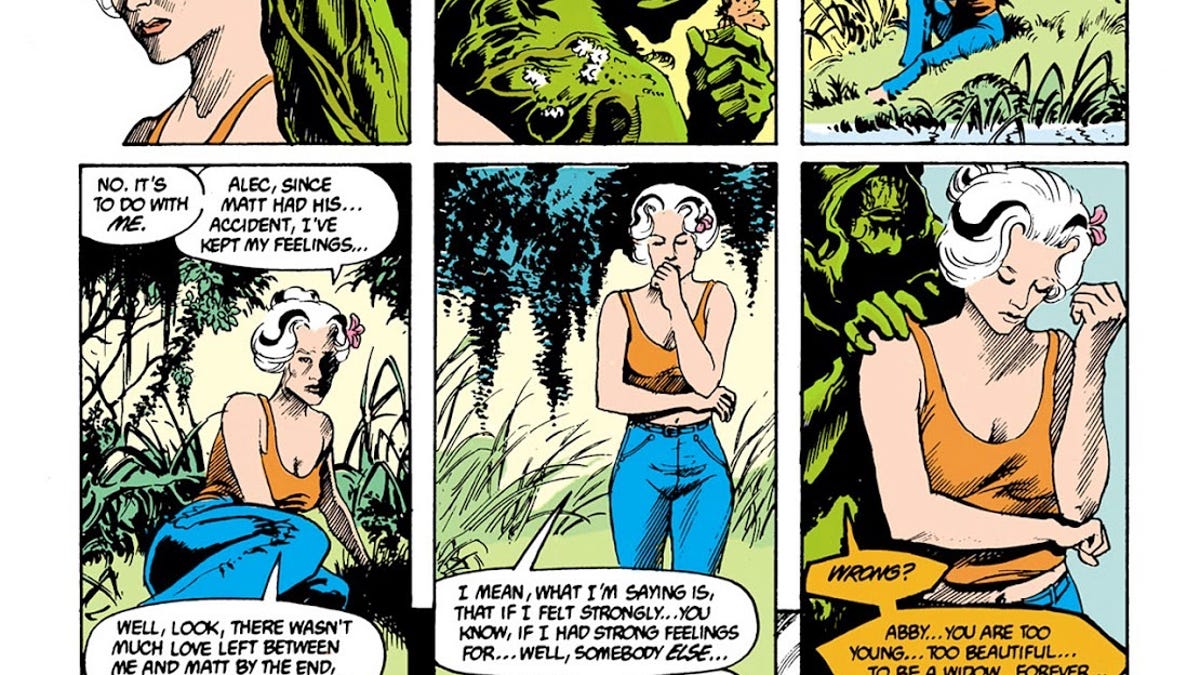
In the Shunga prints that were being made all through the 17th and 18th Century the emphasis of the images was on the expression of excitement, lust and adore exhibiting sexual intercourse on a voluntary basis by the two associates. Even so, at the close of the 18th Century erotic photographs slowly changed often depicting involuntary intercourse, in most situations exhibiting unattractive bushy adult men forcing themselves on innocent youthful ladies. The adhering to 10 rape patterns (a link to the photographs of these models can be identified at the conclude of the short article!) are striking examples of this specific concept:
This chuban style by the excellent pioneer Isoda Koryusai (act. 1770-1780s) from his celebrated 'Prosperous Flowers of the Exquisite Twelve Seasons' revealed in 1772-1773 was one particular of initially Japanese woodblock prints depicting rape. The image is involved with the eighth month and displays a falconer forcing down a younger woman to the ground in the middle of grass and Japanese clover. Koryusai utilized a somber and lurid tonality in his use of colours which, jointly with the wild clawing clover properly symbolizes the girl's entrapment.
Katsushika Hokusai (1760-1849) features a rape scene in the large oban structure of in close proximity to-comedy in his masterful sequence 'Fukujuso' (aka. 'Lovemaking at New Year's' and ' The Adonis Plant') posted ca. 1822-1823. Depicted is a clownish and definitely retarded tub-residence attendant assaulting a maiden who he has prolonged lusted for. He is keeping a coin in his ear, as was the tailor made of footmen who failed to possess a purse. A identical scene can be identified in Hokusai's 'Kino-e no komatsu' (Pining for Really like) which is by some means considerably less comedian.
A horrifying scene from Utagawa Kunisada's (1786-1865) 'Spring, Summer, Autumn and Winter season, Potential customers for the Four Seasons'-sequence (late 1820s) with the female target remaining crucified and pinioned to a wood adhere with her arms tied powering her back. What enhances the drama is other than the location, someplace deep in a forest, the reality that her tormentor has deliberately prepared his violent crime leaving no techniques to escape.
Kunisada - Fox Fires
In another rape style and design by Kunisada portrays three untractable palanquin bearers holding Ocho, a daughter of the proprietor of the Karakotoya brothel, to the ground. The restful setting is the surroundings of the Kurosuke Inari Shrine. The 'fox-lights' (fox-fires) point out the presence of the fox spirits. This e book illustration is from Kunisada's 'Shunshoku hatusne no ume' (The Erotic Adventures of Six Ladies) from 1842.
Yanagawa Shigenobu's (1789-1833) oban style and design from 'Yanagi no arashi' (Wind in the Willows) entails 4 palanquin bearers struggling to hold down a frantic female. 1 of the adult men (2nd from the still left) sports some comprehensive tattoos on both equally arms (in this photograph nearly invisible). The woman is kicking and resisting strongly, but 1 has the perception that she may possibly be the a single in handle here.
In this popular rape scene by Utagawa Kuniyoshi (1797-1861) from the e-book 'Byokei ri goyoshi ga' (c.1830), a few guys in a darkened space have overpowered a girl. The leading gentleman, who is sporting spectacles, is penetrating his target while keeping a candle. It is whispered between shunga devotees that this male is in fact Kuniyoshi himself.
Hokusai - Palanquin Bearers
From the shungabook series 'Manpuku Wagojin' (Gods of Intercourse) which Hokusai made in 1821 this rape scene depicts two palanquin bearers (all over again!) prepared to rape a courtisan (prostitute). The male holding her from guiding has a violent grip about her neck although at the exact same time licking her cheek.
In 1788 one of Utamaro's (1754-1806) most impressive early masterpieces 'Utamakura' (Poem of the Pillow) appeared in a sequence consisting of 12 horizontal album prints. The concerning misogynistic style and design of this set is a person of the most extraordinary scenes with a plebeian maiden remaining assaulted by a middle-aged workman whilst combating with all her might. The two protagonists are established to a dark-gray background which heightens the remarkable result.
Eiri - Lackey
Chokyosai Eiri's (act.
If you have any thoughts relating to the place and how to use 日に焼けるまで~田舎の従姉弟と姉と弟~ 無料, you can get hold of us at the web-page.
1789-1801) 'Fumi no kiyogaki' (Models of Calligraphy), dated 1801, is thought of to be one of the boldest sets of oban-sizing shunga recognised. It contains 13 as an alternative of the common twelve designs and is just about fully influenced by Utamaro's 'Utamakura'. Also this print (see Utamaro - Tried Rape), which is, in contrast to Utamaro's traditional, a more comedian interpretation of a middle-aged lackey attempting to forcibly seduce a servant lady of the identical residence.
Hokusai - Write-up-rape Scene
The 'Gods of Intercourse' -collection is concentrated on the tales of the two courtisans Osane and Otsubi who are from different social backgrounds. In this case, Osane, the daughter of a prosperous service provider, is depicted after a group rape. She's by itself, laying versus a tree and it would seem like she's unusually glad by this brutal encounter which is emphasized by the range of handkerchiefs all over her. The tousled hair signifies her wicked mother nature and is a indication that she will come to a sorry conclude. It remains 1 of the most intriguing rape scenes in the record of Ukiyo-e shunga.

